Pregnant female rhino caught in lions' attack and the ending ( Video : Carters).
The thrilling moment of survival in the wild was captured by British tourist David Wederell in Etosha National Park, Namibia. In the video, a pregnant female black rhino bravely fought and escaped from the encirclement of three hungry lions.
The scene begins with the black rhino bathing in a pool of water to cool off in the sweltering heat. However, due to her heavy pregnancy, leaving the water became extremely difficult. Every time she tried to climb up the bank, the animal slipped and staggered.
The danger of the situation became even more apparent when a group of lions appeared, realizing this was a rare opportunity to take down a large but vulnerable prey.
When the rhino saw the lions approaching, it immediately gathered all its strength to climb up the bank. Being stuck in the water not only made it difficult for it to move, but also made it almost defenseless if attacked. Luckily, the rhino was able to escape the swamp just as the lions were approaching.
The confrontation ensued. Despite being pregnant, the rhino fought back fiercely. She used her long, sharp horn to gore and chase away the predators. The lions tried to surround her, looking for an opening, but before the rhino's strength and tenacity, they could not deliver the finishing blow.
Finally, realizing that taking down a healthy adult rhino was too risky, the three lions retreated, letting the rhino slowly walk away.
"The Lone Giant" in the Steppe
The black rhinoceros is endemic to eastern and southern Africa. Despite its “black” name, its skin is typically grey or brown.
It is one of the largest animals on the savannah, with a body length of 3.5 to 3.8m and a weight ranging from 800 to 1,400kg. The black rhino has two horns, the front of which can be up to 1.3m long, which is both a defense tool and the reason why they are a target for poachers.
Black rhinos are solitary, with the exception of the calving period, which lasts for 2 to 3 years. They are herbivores and their diet consists of leaves, twigs, bushes and occasionally ripe fruit.
The upward-curved snout helps the black rhinoceros graze easily on branches and bushes, distinguishing it from its close relative, the white rhinoceros, which has a wide snout used for grazing close to the ground.
Rhino horn is made primarily of keratin – the same protein found in human hair and fingernails. However, due to the misconception that rhino horn has medicinal properties, its black market value has skyrocketed, leading to the animal being hunted intensively.
Poaching has caused a severe decline in black rhino numbers, putting them on the endangered species list according to the IUCN classification.
In the natural food chain, lions are considered the top predators, with strength, tactics and high ability to cooperate in the pride. However, they do not dare to attack all prey.
Large animals such as elephants, hippos or rhinos with thick skin and effective self-defense weapons are usually not on the priority "menu" unless they are injured, old or alone.
This caution is well-founded. A rhinoceros charge can cause serious injury or even kill the hunter. So situations like the one in this video are quite rare in the wild.
Source: https://dantri.com.vn/khoa-hoc/te-giac-cai-dang-mang-thai-lot-vao-vong-vay-cua-bay-su-tu-va-cai-ket-20250616160448776.htm



![[Photo] Prime Minister Pham Minh Chinh chaired a meeting of the Steering Committee on the arrangement of public service units under ministries, branches and localities.](https://vphoto.vietnam.vn/thumb/1200x675/vietnam/resource/IMAGE/2025/10/06/1759767137532_dsc-8743-jpg.webp)



![[Photo] Prime Minister Pham Minh Chinh chairs a meeting of the Government Standing Committee to remove obstacles for projects.](https://vphoto.vietnam.vn/thumb/1200x675/vietnam/resource/IMAGE/2025/10/06/1759768638313_dsc-9023-jpg.webp)

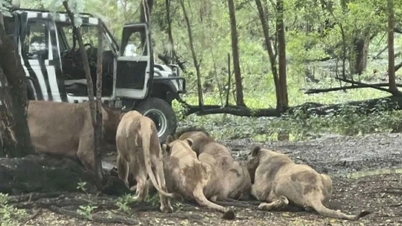



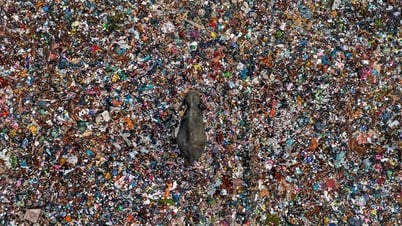
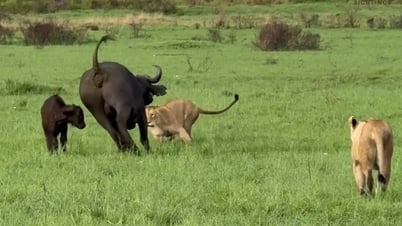
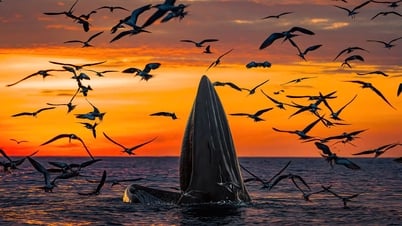



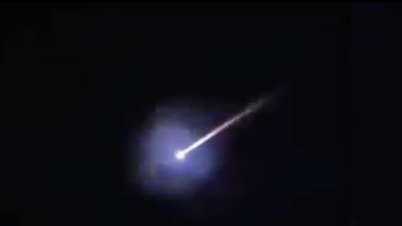













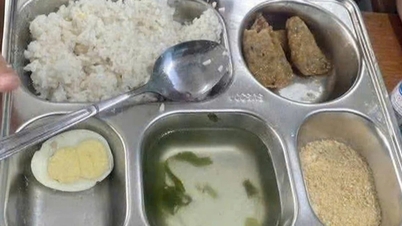


































































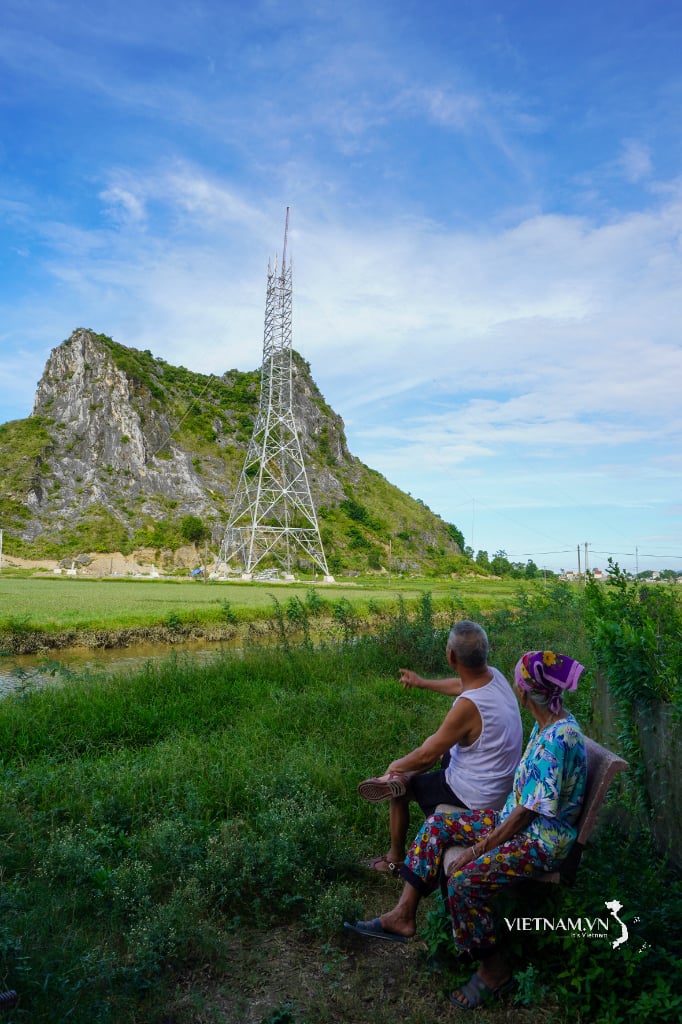



Comment (0)